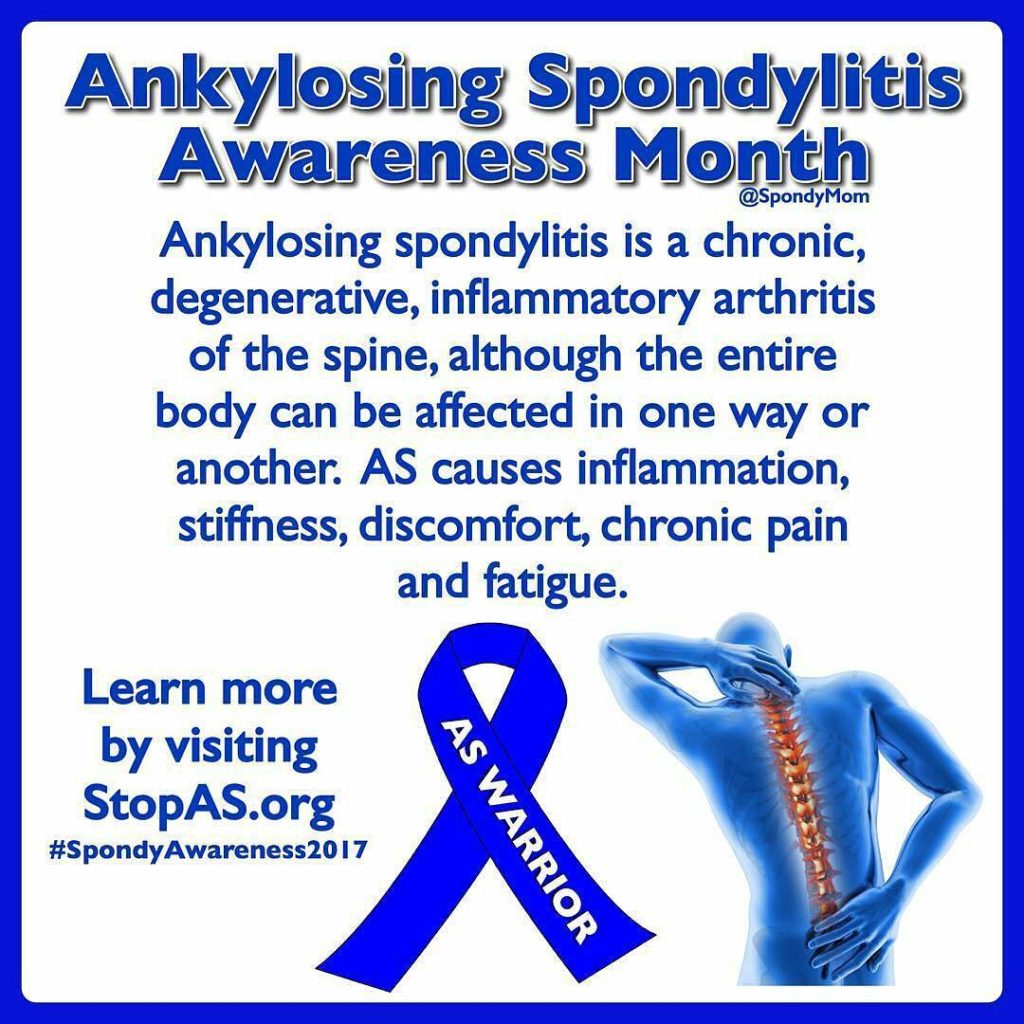Ankylosing Spondylitis Awareness Month
Well, I'm a little bit late to the party but, better late than never right? Last month in April it was Ankylosing Spondylitis Awareness Month.
For those of you who do not know, Ankylosing Spondylitis is a form of spinal arthritis that predominantly affects young males and carries on into adulthood. Although it is predominantly of the spine, other joints can also be affected. Common symptoms of this condition include stiffness, discomfort, chronic pain and fatigue.
Cause and Treatment
The cause of Ankylosing Spondylitis is unknown, however it is indicated that it is likely to be autoimmune or autoinflammatory in nature. At this stage there is no cure for it and treatment often aims to improve symptoms or prevent worsening. Common treatments involve, medication, surgery or physiotherapy.
Physiotherapy in Ankylosing Spondylitis
Over my time working as physiotherapist I have seen a number of clients who suffer from Ankylosing Spondylitis either as their main concern or secondary factor when treating other injuries. Over this time I have had some success mostly in the form of exercise.
Anecdotally I suspect that the improvements made from exercise affect the body in a number of ways:
Weight loss: This can be applied to all types of back pain. The less weight you carry (particularly around the stomach) the less posture will be affected. In many cases when the belly starts to protrude forwards compensatory changes need to occur to maintain an upright posture without losing balance i.e. changes to their center of gravity. In these cases the client will typically hyperextend their lower back to counter balance the forward weight of the belly. If a client with Ankylosing Spondylitis has these postural changes weight loss can positively affect the weight distribution through the spine and improve symptoms.
Strength gain: When making strength improvements particularly around the core, low back and posterior chain, like weight loss posture will be positively affected.
Exercise endurance: It is often said that the worst thing you can do for low back pain is nothing. In my history with working with clients with low back pain or Ankylosing Spondylitis I find this to be very true. Clients often complain of increased pain or more persistent pain when they have been sedentary. Exercising can increase endorphins, lung capacity and energy levels which will all play a role in positive affecting the condition. Is it important to note if participating in something like cardiovascular exercise then running is often avoided as the impact on the joints can sometimes cause an increase in pain. Preferred alternatives include swimming or cycling as they are both low impact exercises. Swimming is linked to increased flexibility in the spine and neck, breaststroke specifically can help to expand the chest. This is beneficial as inflammation due to Akylosing Spondylitis can decrease chest expansion.
Conclusion
If you suffer from Ankylosing Spondylitis seek help from your local Physiotherapist or health professional. There are many things you can try to help manage your symptoms. If left untreated the chronic inflammation involved can ultimately fuse the spine together. This creates significant decrease in range of movement and increases in pain.
